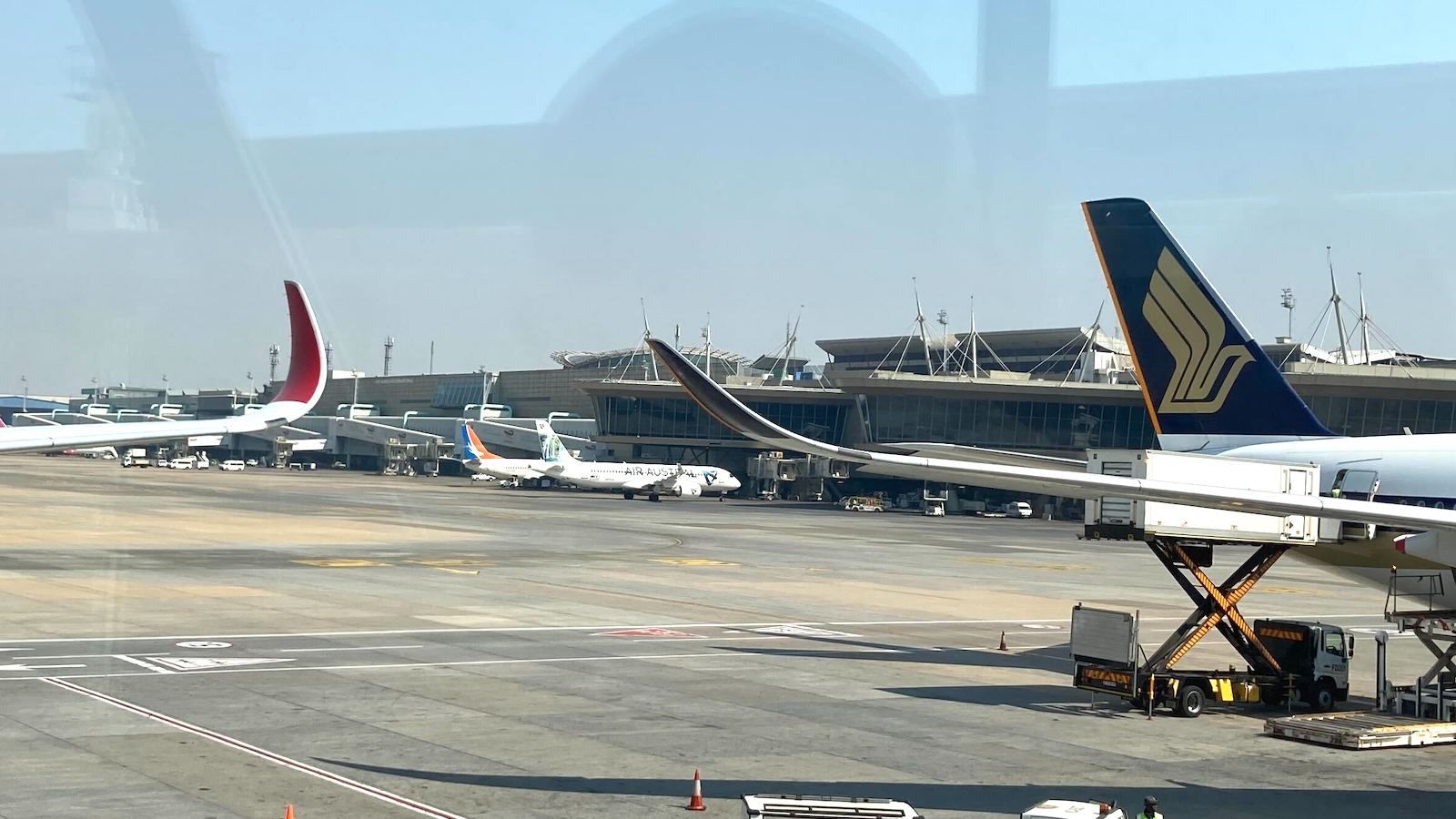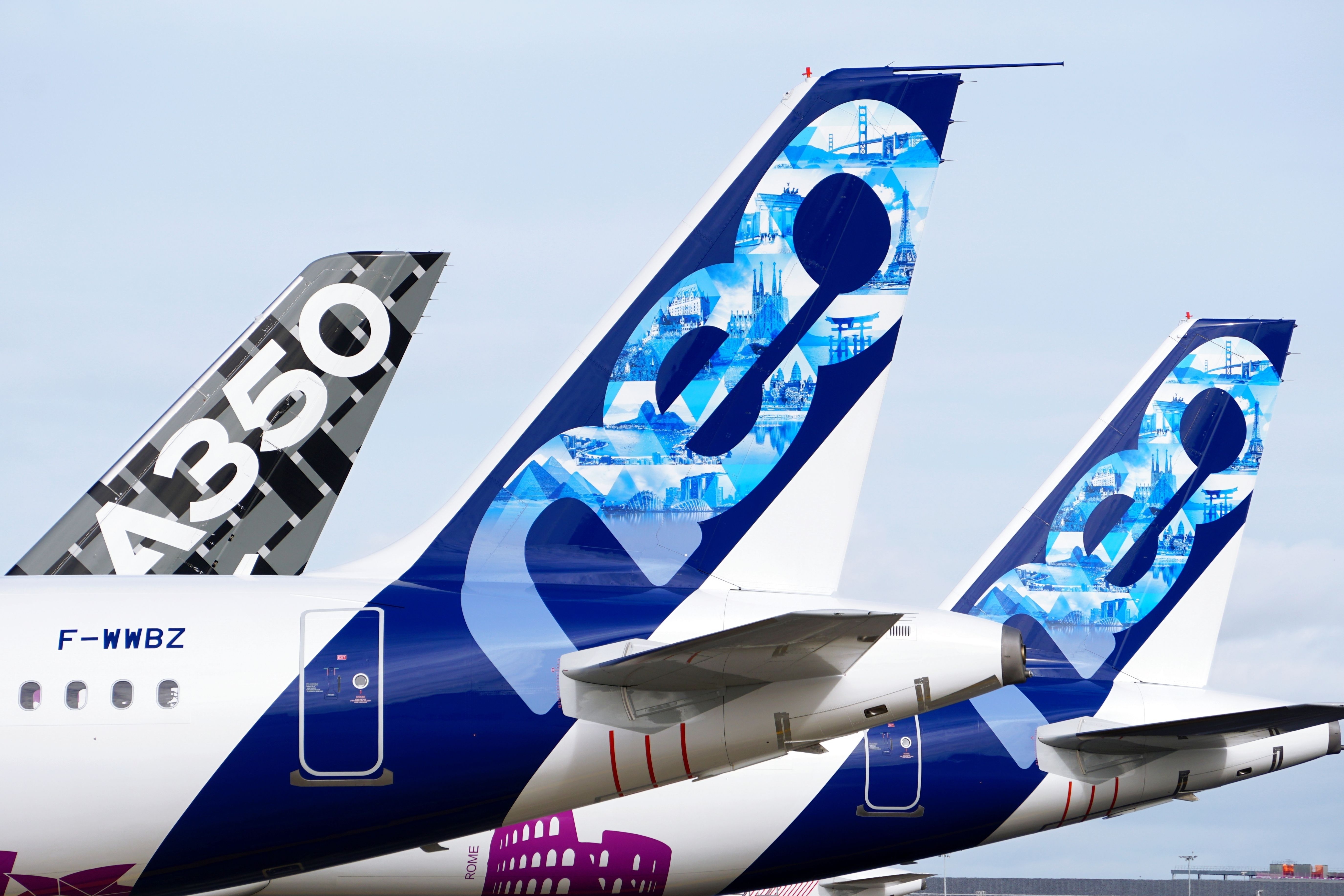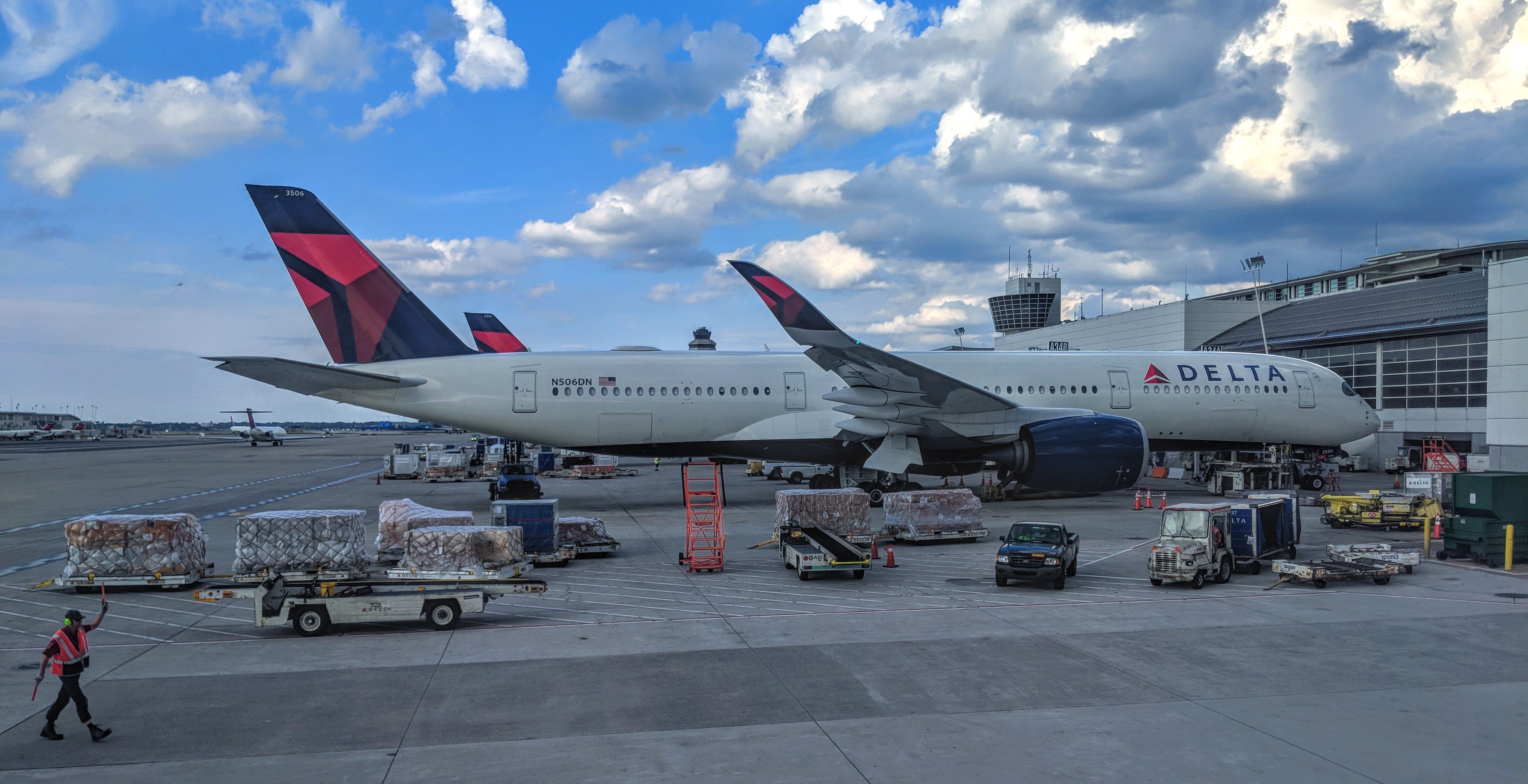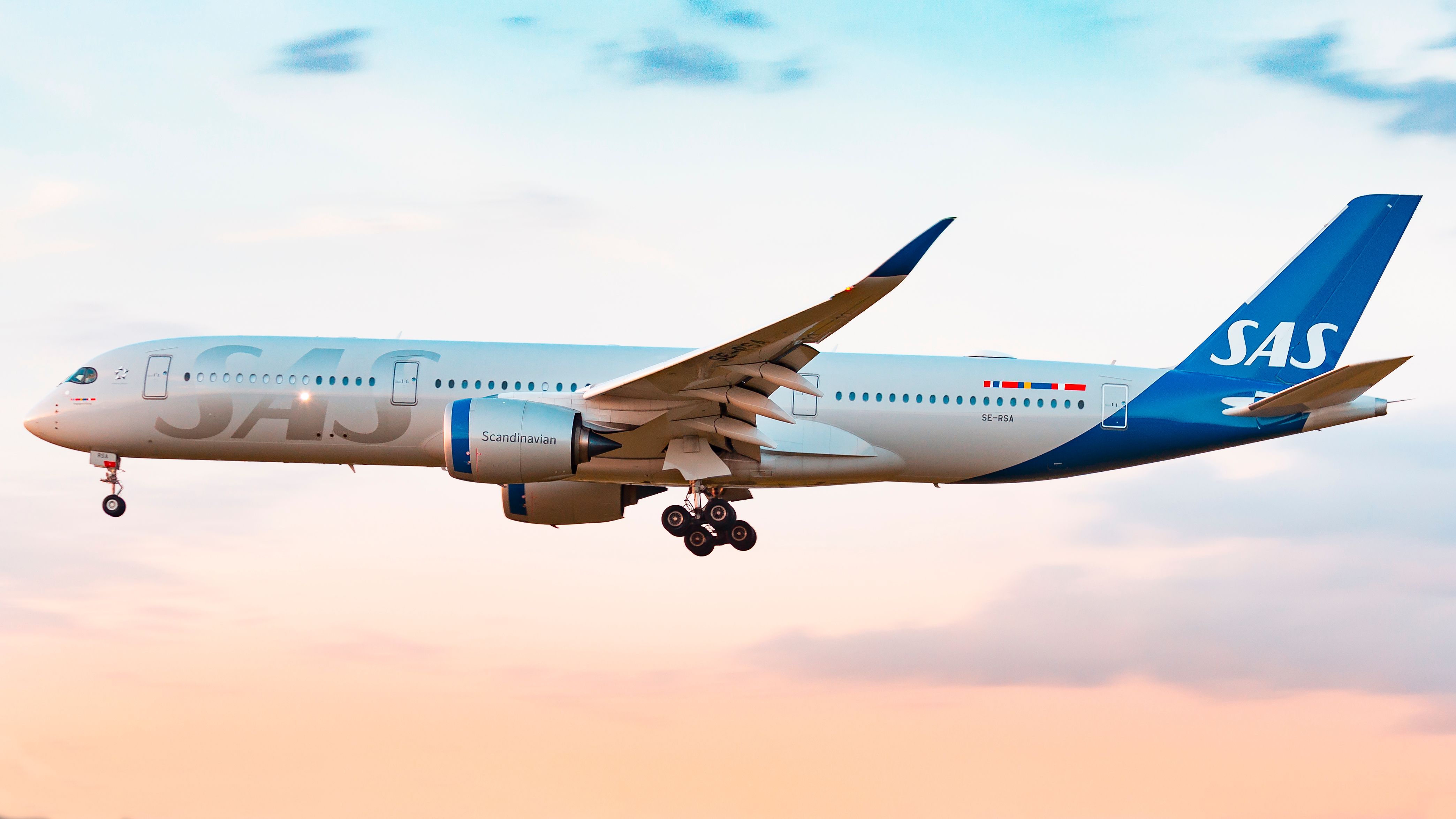Summary
- Airbus A350 models undergo constant improvements.
- New winglets expand the A350’s wingspan without increasing the geometric wingspan.
- Early operators of A350s likely feature airframes with the original winglet design
The Airbus A350 comes in two sizes; the A350-900 and the A350-1000. However, when comparing two -900s side-by-side, one may notice that the two jets of the same type feature different winglets. Have you ever noticed that? Why could this be? This article explores why some A350-900s feature different winglets.
Constant improvements
The first Airbus A350 prototype was assembled at the end of 2012. In 2013, the Airbus widebody had its first flight, while its first revenue service took place in 2015 with Qatar Airways. Thus, the type is nearing a decade of service.
Photo: Coby Wayne | Shutterstock
Large manufacturers like Boeing and Airbus upgrade their jets periodically without giving them new names or designations. Indeed, Airbus has increased the maximum take-off weight of some of its aircraft over the years. For example, later A330-900s have a maximum takeoff weight (MTOW) of 251 metric tonnes, up from the 242 metric tonnes of earlier examples.
You might also know that the earliest Boeing 787s were a few tonnes heavier than current production models. Since those particular jets were difficult to sell off, many dubbed this set of Dreamliners the “terrible teens.”
These types of important changes are certainly noted on technical data sheets and legal documents. However, to the public, the model name is still listed as an “Airbus A330-900” or “Boeing 787-8.” It’s the same with older and newer Airbus A350s, as the European planemaker made some interesting changes in 2017. One of those more noticeable adjustments was the jet’s winglets.
An incremental development
In 2017, the aviation news site Leeham News & Analysis exclusively revealed that Airbus was working on new winglets for the A350. On October 20th, 2017, the X (formerly Twitter), Aviation Toulouse, posted a photo of an updated A350 (embedded below). LNA published new images and an in-depth analysis of the new devices shortly after.
Months later, FlightGlobal reported that Airbus had introduced larger winglets, which offered several aerodynamic improvements and “huge benefits.” The new winglets expand the aircraft’s effective wingspan without increasing its geometric wingspan. Speaking with A350 marketing director Francois Obe in 2018, it was noted that Airbus had planned to introduce a package of “incremental developments” in 2020, but this process was expedited.
“With the aircraft being better than we have expected in service… we will be able to deliver some of [the new developments] in 2018…We needed to be sure the aircraft structure was good enough to sustain the additional weight, and it is the case,” -Francois Obe, A350 Marketing Director, Airbus.
So, how do the old and new winglets differ from one another? As highlighted by LNA, the new winglets are taller and “squarer” in their curvature than the initial design. This new design wasn’t a standalone change. Rather, the new wingtip was meant to complement a new wing design for the A350. As highlighted and analyzed by LNA, the revised design of a new wingtip and wing results in a wider ‘spanload,’ resulting in lower total drag.
Which airframes have old or new winglets?
As you can imagine, aircraft manufacturers tend to be fairly low-key about some of these small improvements, avoiding a roll-out ceremony or even a media statement. As a result, it’s a little more difficult to tell, from an official sense, which A350 was the first to sport the new wing and winglets.
However, we can say that LNA noted in its 2017 piece that the new wing and winglet would “be ready for the rollout of the first Singapore Airlines A350-900URL [in 2018].” It added that this update will “find its way to the standard A350-900 and -1000.” A contributor on the popular forum Airliners.net echoes this, stating that the larger winglet was originally part of the A350-900ULR study.
If this is the case, then all A350s with manufacturer serial numbers (MSN) 216 and above will have a new winglet design. Conversely, MSNs 215 and lower have the original design. The production list from Planespotters.net shows that the Singapore Airlines Airbus A350-900ULR registered 9V-SGE is the airframe with MSN 216.
Five years have passed since the first 900ULR was delivered, and A350 MSNs are now over 620; it’s safe to say that most A350s sport the updated design. Thus, it’s perhaps more effective to list some of the early operators of the type, which would undoubtedly be operating airframes with older winglets. In order of first deliveries (lowest MSNs), these are:
- Qatar Airways
- Vietnam Airlines
- Finnair
- Delta Air Lines
- Singapore Airlines
- Cathay Pacific
- Ethiopian Airlines
- Thai Airways
- Lufthansa, and more…
Photo: LukeandKarla.Travel | Shutterstock
It might still be hard to tell…
For those less experienced in at planespotting, it might be difficult to tell whether an A350 has new or old winglets. After all, it’s not as drastic a change as from the A330-300 to the A330-900. Indeed, a subtle difference like this is most noticeable when the old and new designs are placed side by side.
Photo: Matheus Obst | Shutterstock
But the A350 is still a beautiful machine with beautiful winglets – whether old or new!




